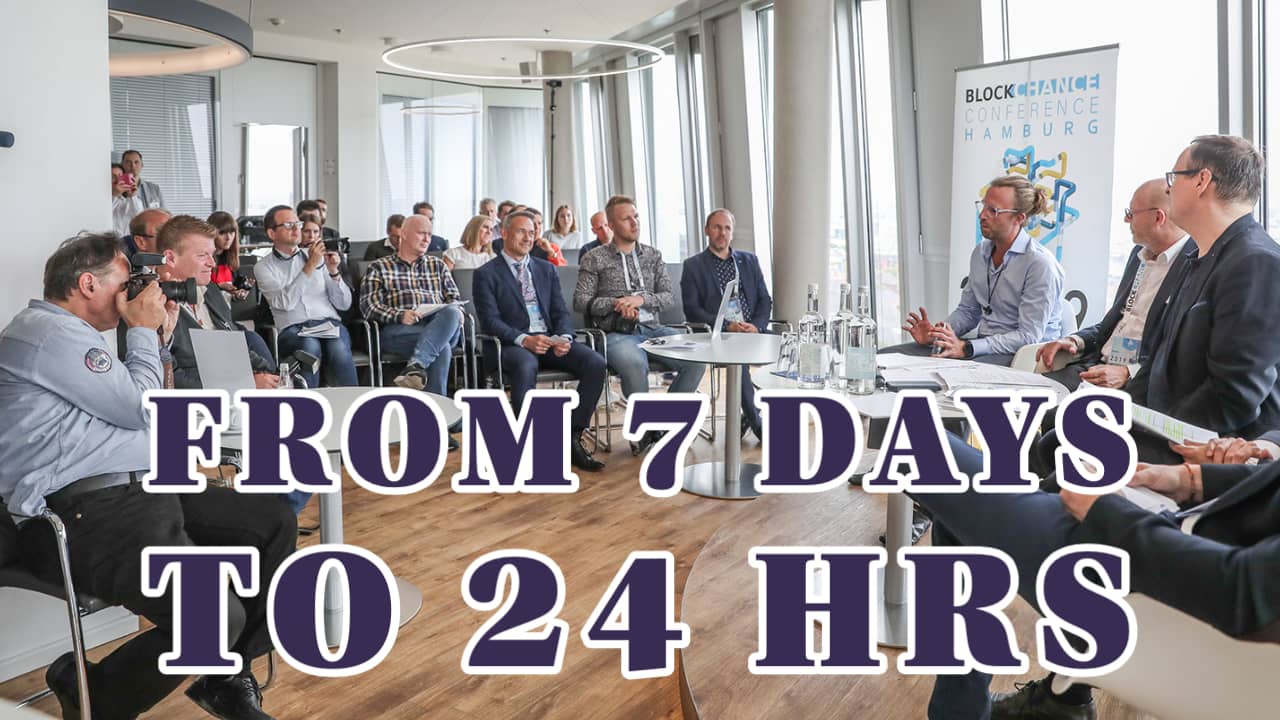
NZ Exporter Achieved the First Blockchain Trade in China
4-minute read
Blockchain technology may be a way for NZ exporters to China overcoming the mountain of paperwork that slows deals, but it’s still some way from becoming commonplace.
The first successful blockchain trade transaction between Fonterra and China-based Sichuan New Hope Trading slashed the processing time from more than 10 days to less than 24 hours but the pilot took the better part of a year to set up.
“With the transaction a success, Fonterra would like to continue working towards full digitisation of the bill of ladings (transport documents), but there are steps to be worked through with all parties involved before that can happen,” said Clyde Fletcher, Fonterra trade documentation centre manager.
A bill of lading is a document issued to acknowledge the receipt of cargo to be shipped.
Chinese customs processes can be difficult for New Zealand exporters to navigate, and the upgraded free trade agreement between the two nations seeks to improve transparency and reduce red tape.
The upgrade included a commitment to promote paperless trading through electronic authentication and digital certificates.
While the blockchain trade was key for Fonterra, China is also seeking to shore up the role of innovation in its latest five-year plan.
The communiqué for the new plan – issued at the end of the Central Committee’s just-completed fifth plenary session – includes a vow to achieve technological self-reliance.
The initiative comes at a time when China’s tech sector faces growing pushback from US policymakers.
State-owned Chinese news agency Xinhua reported the communiqué highlighted development priorities including the importance of keeping innovation at the heart of modernising the world’s second-biggest economy.
Jonathan Williams, HSBC NZ head of communications, said the Fonterra-New Hope trade transaction was the first of its kind.
“The biggest challenge facing the commercialisation of blockchain globally is getting all the various parties involved in trade on-board with the technology,” Williams said.
“Some other banks in NZ have the ability to facilitate blockchain transactions. However, HSBC is the first to do so for Fonterra, and the first to do so for a trade transaction between New Zealand and China,” he said.
Fonterra’s Fletcher said the benefits were significant. Not only does it save time and money, but it mitigates any risk from lost or delayed documents or fraud.
That sort of technology would have been useful for NZX-listed QEX Logistics, which last week said it had about $4 million of stock stolen from a secure China Customs bonded warehouse in Shanghai.

An October report by PwC estimated blockchain technology could boost global gross domestic product by US$1.76 trillion over the next decade because it “spells an end to inefficient paper trails, reducing the related risk of manual error and oversight and the reputational damage that can follow.”
Blockchain technology involves a distributed database maintained over a network of computers connected on a peer-to-peer basis.
It allows network participants to share and retain identical, cryptographically secured records. Each piece of information forms a unique “block,” creating a permanent information chain.
There were seven parties involved in Fonterra’s pilot: Fonterra as the seller, New Hope as the customer, the sending and receiving banks HSBC NZ and HSBC China, the shipping company Maersk, platform operator Wave BL, and the destination carrier’s port agent.
Fletcher said all seven parties needed to agree to use blockchain to facilitate an end-to-end paperless letter of credit transaction, having considered the security, legal and functional challenges.
Overall, the pilot took about nine months to set up, said Fletcher.
Fonterra used Wave BL’s platform for the transaction.
“Wave BL’s solution enables instant, encrypted and authenticated transfer of unique digital documents, so it’s much more secure than traditional paper-based documentation because it’s on a single platform making it transparent and instantaneous for all parties involved,” said HSBC’s Williams.
The carrier issued an electronic bill of lading for a shipment of milk powder. Fonterra added additional trade documents and submitted the digital envelope to HSBC NZ.
The documents were verified and forwarded to HSBC China. HSBC China then sent the documents to New Hope, which surrendered the bill of lading back to the carrier and the cargo was released.
Wave BL said its mission was to create a paperless world.
“Paper is pricey, slow and exposed to risk of forgery or loss,” it said.
Given Fonterra performs thousands of letter of credit transactions per year, digitisation would streamline the process and save money.
HSBC NZ was keen for other companies to get on board.
P.S. Easy Freight Ltd helps New Zealand importers & exporters to save money on international freight and reduce mistakes by guiding how to comply with Customs and biosecurity rules.
➔ Contact us now to learn how we can assist you.
